You’re in the middle of an intense chess match and your pawn has made it all the way across the board.
Now you have a choice to make. Do you promote your pawn to a queen, the most powerful piece? Or do you underpromote to a knight, rook, or bishop instead?
If you choose the latter, that’s known as underpromotion in chess.
Underpromotion is when you choose to promote a pawn to a lesser piece than a queen. It may seem like an odd choice at first.
After all, who wouldn’t want the most powerful piece? But underpromotion is a clever tactic used by advanced players to gain a positional advantage.
When used correctly, underpromotion can surprise your opponent, restrict their movement, and put them in checkmate.
Understanding Promotion And Underpromotion
In chess, promotion refers to when a pawn reaches the opposite side of the board and is exchanged for a stronger piece like a queen, rook, bishop, or knight.
Underpromotion is when you choose to promote your pawn to a piece other than a queen.
Usually, queening your pawn is the strongest move, but there are situations where underpromotion can be strategically better.
For example, if queening your pawn would result in immediate capture by your opponent, underpromoting to a knight, rook or bishop may be safer.
Underpromotion can also be used to gain a tactical advantage or force stalemate. In the endgame, underpromotion may lead to a faster checkmate or create an impassable blockade.
The key to underpromotion is recognizing positions where a queen is not the optimal piece for the job.
The position below is a common sight in the Albin Countergambit where White falls for an interesting trap.
After 1. d4 d5 2. c4 e5 3. dxe5 d4 4.e3 Bb4+ 5. Bd2 dxe3 6. Bxb4?? exf2+ 7.Ke2
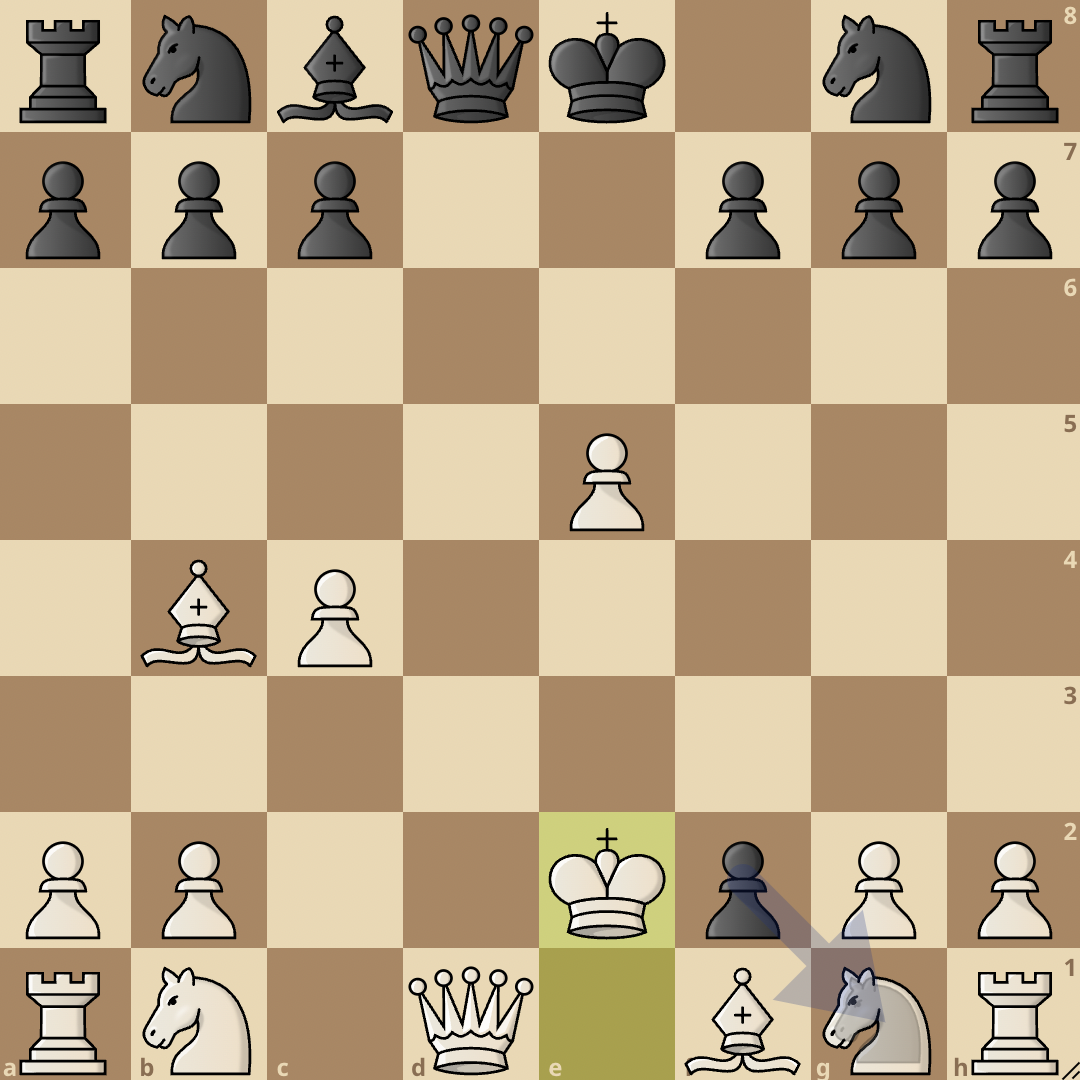
White’s last move was to play Ke2 and hold onto the queen as capturing the f2 pawn will leave the White queen vulnerable.
Of course, Black has the opportunity to take a piece but what do you promote to? A queen? After 7…fxg1=Q, White plays 8. Qxd8+ Kxd8 9. Rxg1 and the position is suddenly equal.
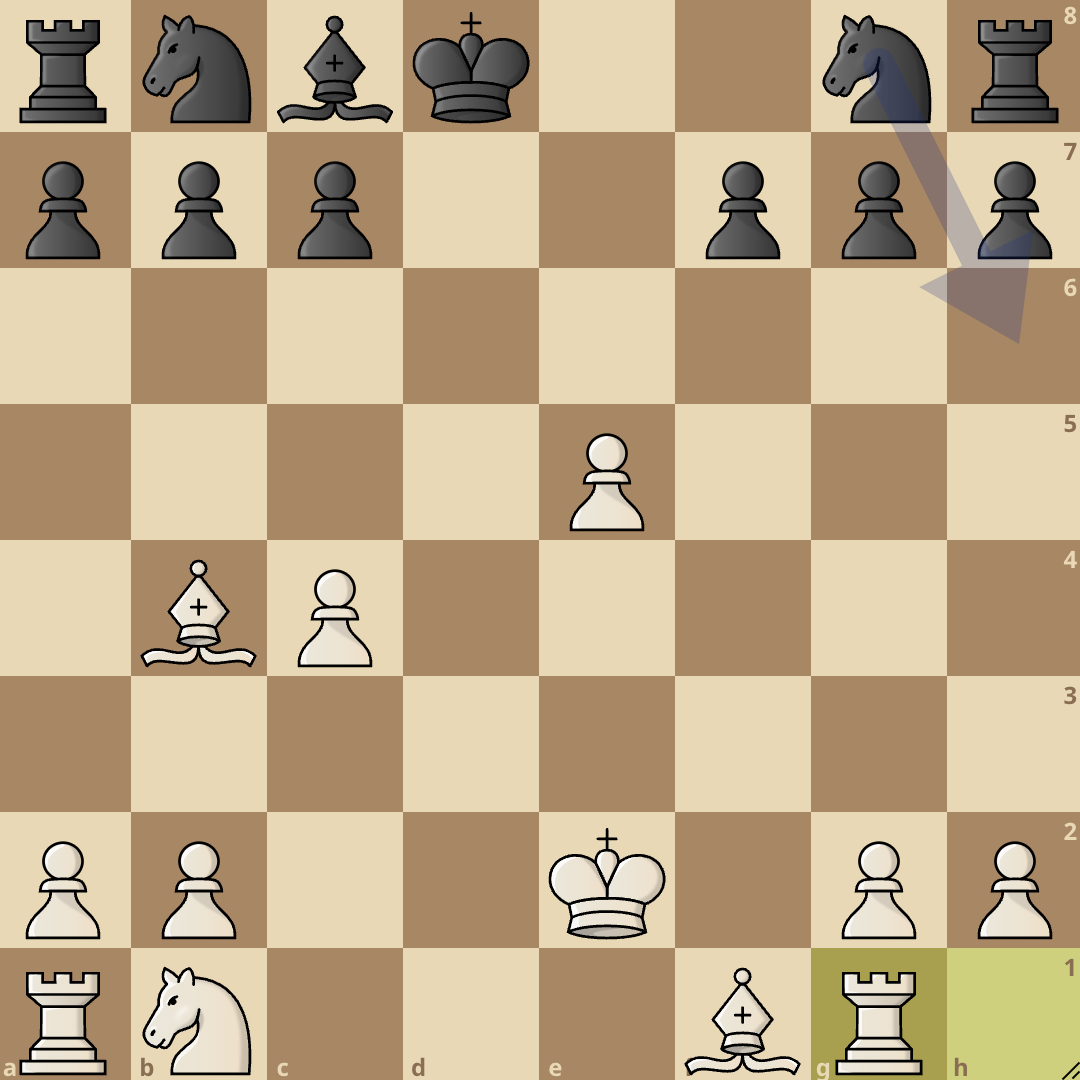
So we see that 7…fxg1=Q is not ideal. You’ll be shocked to learn that 7…fxg1=N+ is completely winning for Black. That’s because after the pawn promotes to a knight, the White king is immediately checked forcing a response.
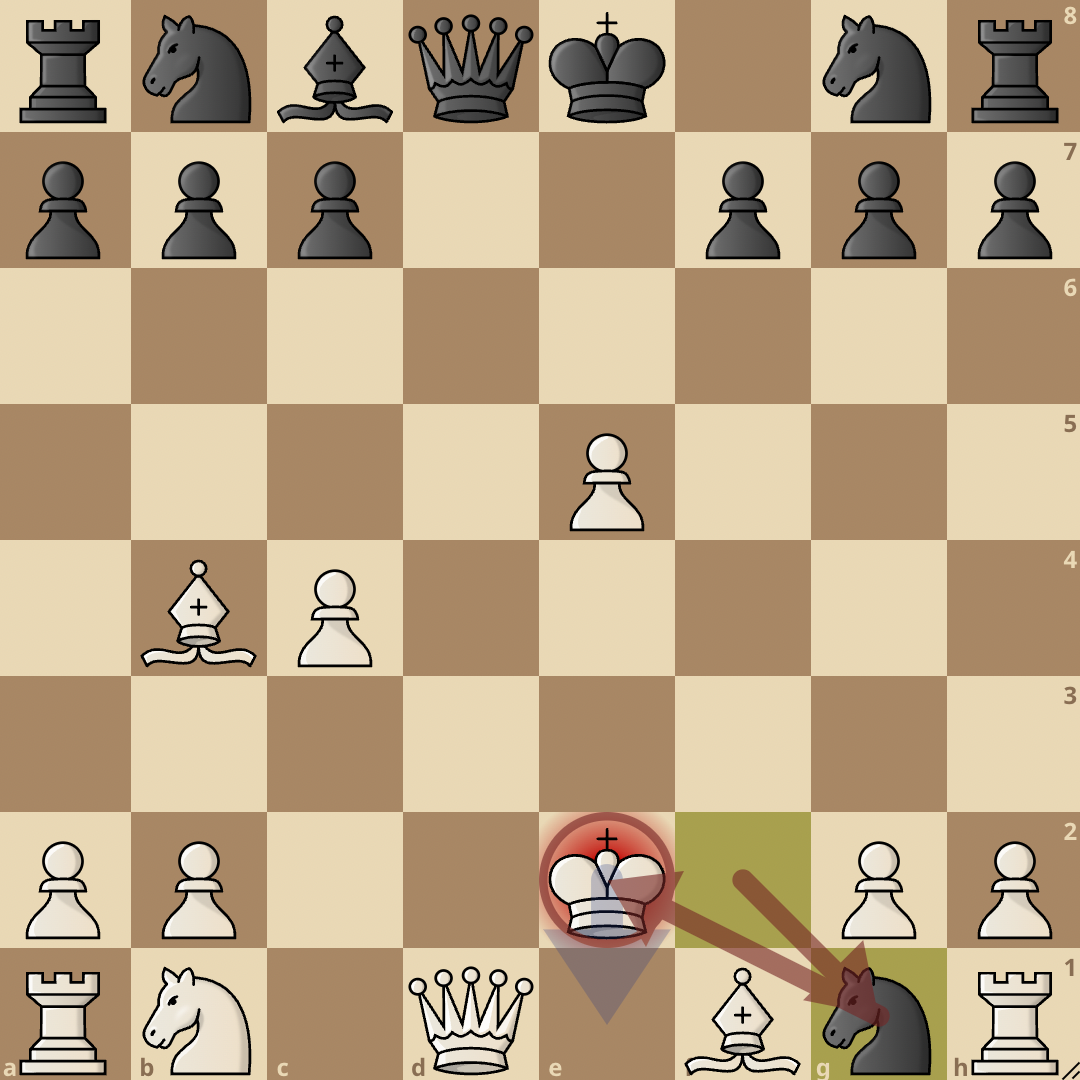
Now it depends on what White plays but everything loses. 8. Rxg1 loses to 8…Bg4+ and the White queen is gone.
8. Ke1 loses to 8…Qh4+! 9. Kd2 Nc6! 10. Qe1 Qxe1+ 11. Kxe1 Nxb4 12. Kd2 Bf5 13. Na3 O-O-O+ 14. Kc3 Nd3 15. Rxg1 Nxe5. The dust has settled and Black is a full piece up.
When To Consider Underpromotion
When facing a crowded board
- When the board is crowded and a queen doesn’t have much room to maneuver, consider underpromoting to a knight or bishop instead. They can weave through the traffic and deliver sneaky checkmates or win material.
- If promoting to a queen would immediately stalemate your opponent’s king, go for a minor piece instead. You’ll still gain a decisive material advantage without accidentally drawing the game.
- Promoting to a knight can create deadly forks, attacking two pieces at once.
- Gaining a tempo. Underpromoting can gain a tempo by threatening to capture an enemy piece. Your opponent has to waste a move to defend, allowing you to improve your position.
- Blockading a passed pawn. By underpromoting to a knight or bishop, you can blockade your opponent’s dangerous passed pawn and restrict its movement.




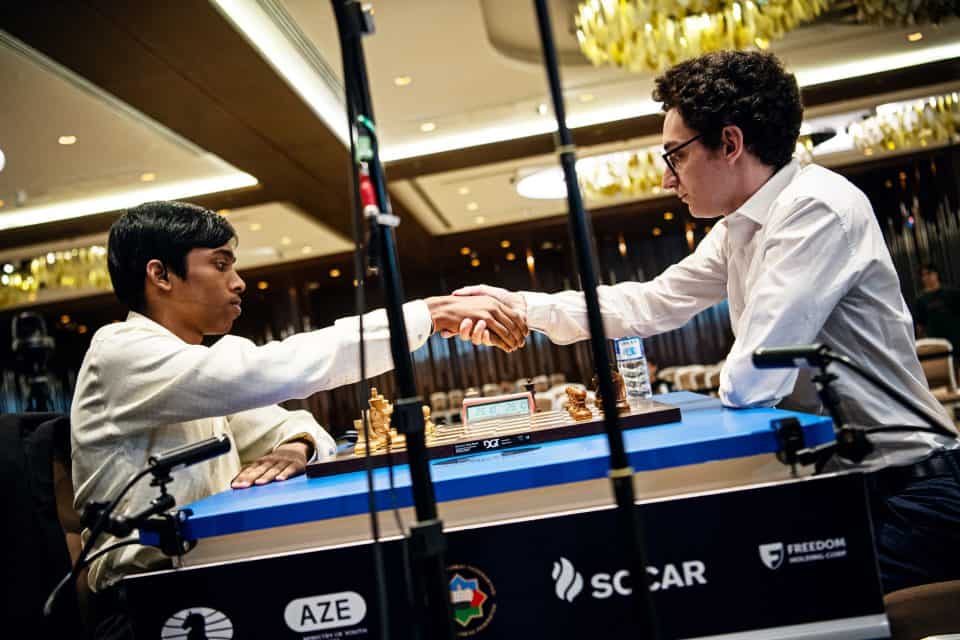
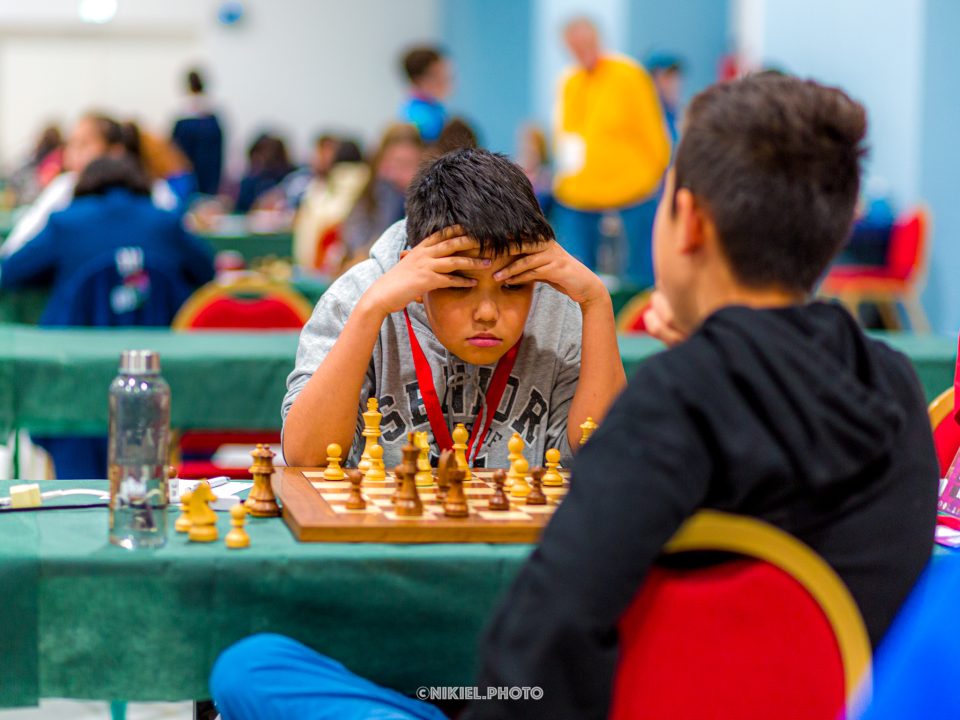
join the conversation